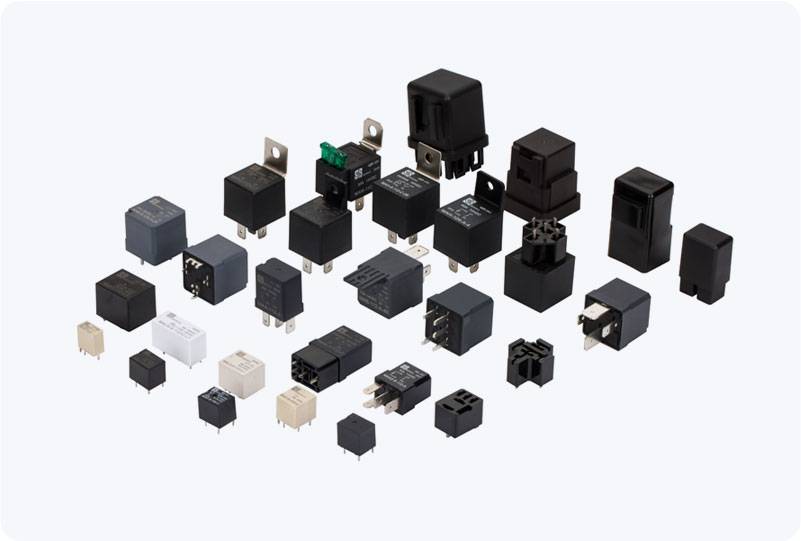The IEC 61811 Power Relay standard, developed by the International Electrotechnical Commission (IEC), is a crucial reference for ensuring the safe, efficient, and reliable operation of power relays in a wide range of industrial, commercial, and residential applications. Power relays are fundamental components used to control electrical circuits by opening and closing contacts under electrical power. They are essential in systems like industrial automation, automotive control, and communication infrastructures. IEC 61811 specifies the performance and testing requirements for these devices to ensure their safe and consistent operation across various environments and applications.

What is a Power Relay? A power relay is an electrically operated switch that controls the flow of current in an electrical circuit. By energizing or de-energizing the relay’s coil, it activates or deactivates the relay’s contacts, thereby controlling the flow of electricity to connected components. Power relays are typically used to control high power loads such as motors, heating elements, and lights. They are versatile, reliable, and widely used in applications requiring automation or remote control. Overview of IEC 61811 IEC 61811 outlines the specifications for the design, performance, and testing of power relays. The standard ensures that relays meet minimum safety standards and performance criteria necessary for effective operation in real-world environments. The IEC 61811 standard covers all aspects of power relay operation, from the mechanical and electrical design to the environmental considerations that impact their performance.